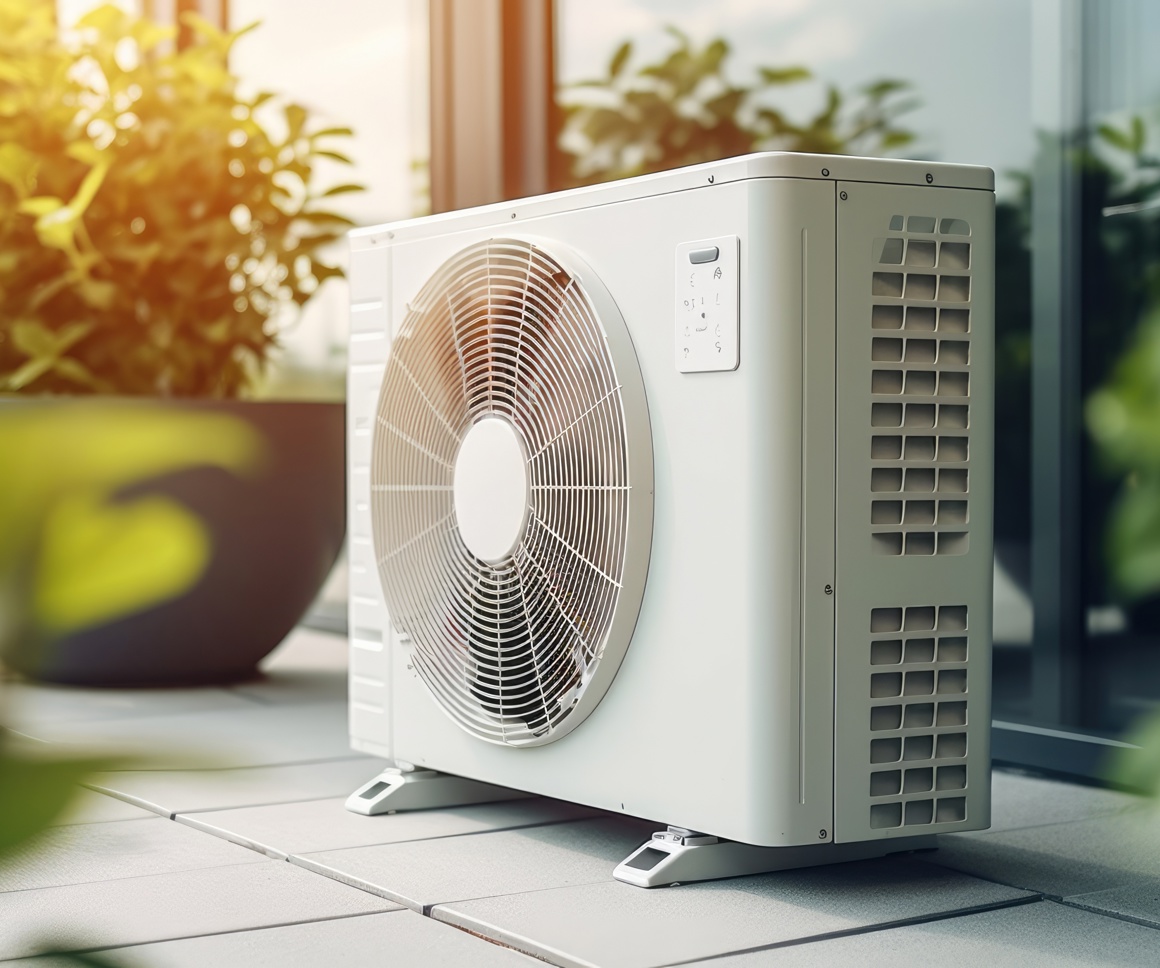Clean Heat Standards (CHS): An emerging policy tool to decarbonise heat
Energy transition Energy consultancy Economics, policy and regulatory advice Residential research
What is a Clean Heat Standard and how does it work?
Clean Heat Standards (CHS) are an emerging policy tool that could play a vital role alongside traditional policy levers (eg. regulation, tax & spend) in accelerating the adoption of low-carbon heating appliances such as heat pumps. Unlike traditional policy levers, which rely on government to identify market barriers, this innovative approach aims to harness the power of the market and puts the onus on businesses, encouraging them find new ways to grow the appeal and uptake of low-carbon heating solutions.
A CHS works by placing performance requirements on specific actors within the heating industry. For example, under the UK Clean Heat Market Mechanism (UKCHMM), targets are set for the largest manufacturers of natural gas and oil boilers, effectively requiring them to increase the proportion of heat pumps they sell each year by a defined minimum amount. In principle, by providing certainty over the number of heat pumps that need to be sold each year, this will provide a clear market signal, giving businesses the confidence to invest in their supply chain, shift product lines and upskill their workforce etc. This commitment to the energy transition and market predictability can also foster inward investment and drive consumer confidence in the energy transition.
Ideally, a CHS would strengthen and complement other policy levers to reduce market barriers. However, the UKCHMM and similar mechanisms, such as the UKs electric vehicle zero emission mandate, have faced significant pushback from some industry players – one of which is the power of manufacturers themselves to shift the market. This has resulted in amendments to original policy designs and subsequently delays.
What role could a Clean Heat Standard play in accelerating the heating transition across Europe?
The European heating market is currently facing significant challenges after growth in the early part of the decade. Last year, hydronic heat pump sales were down by an estimated 36%, compared to 2023 levels.
Traditional policy measures have not yet been sufficient in driving the mass adoption of low-carbon heating appliances, particularly in markets where they are competing against natural gas boilers. More needs to be done to support the European heating industry and accelerate the transition, as without swift action, the EU risks falling short of its climate and energy goals, which could undermine the the competitive position of EU manufacturers and hinder progress towards decarbonisation.
How could an EU-wide Clean Heat Standard be designed?
Our recent collaboration with Agora Energiewende, explored the feasibility and potential design of a European Clean Heat Standard (CHS).
Designing an EU-wide CHS is complex and challenging due to the diversity of heating markets across Europe, with significant variations in appliance use, heating costs and attitudes towards heating. Additionally, we must recognise the limitations of a CHS and understand how it could be used to complement existing policies. As this, this is an emerging policy area, there is little precedent for what design mechanisms are most effective.
During the design process, we explored a wide range of policy choices, such as whether to use explicit performance targets, which technologies should be eligible and what flexibilities could be incorporated to support market players. Drawing on our deep knowledge of the European heating industry, expertise in policy analysis and strong industry contacts, we developed the EU Clean Heat Market Instrument (EU CHMI). This policy measure could complement and strengthen existing policies to achieve a sustained acceleration in the uptake of low-carbon heating appliances, putting the EU on a smooth glide path to an eventual phase out of the use of fossil fuels in boilers by 2040.
At the heart of EU CHMI is a combination of financial and non-financial incentives to encourage heating appliance manufacturers to increase the share of low-carbon heating appliances that they sell each year.
Here are five innovative features of our proposed core policy design:
- ‘Clean Heat Sales Ratio’ (CHSR): A CHSR measures the proportion of standalone fossil fuel boilers sold, relative to qualifying low-carbon heating appliances. This metric would be calculated for each individual manufacturer (at the group level) based on reported factory-gate sales. The simplicity of this metric provides a low-cost, transparent and fair approach tracking performance across different companies each year. Furthermore, the absence of a credit allocation and trading mechanism significantly reduces the complexity of the measure.
- Performance grading and penalty matrix: Manufacturers are graded according to their CHSR and a clear matrix outlines the annual financial penalty rate imposed for each performance grade. For example, a manufacturer with a high CHSR of 9.5 would be placed in band J and would incur a higher penalty compared to a manufacturer in band C with a CHSR of 2.5. This mechanism ensures that penalties are proportional to performance. The absence of explicit arbitrary performance (sales) targets and the transparent, fixed nature of the penalty matrix provides long-term policy certainty which would enable manufacturers to strategize and properly plan their compliance approach. This therefore reduces the risk of manufacturers deploying short term, unsustainable practices to ensure compliance which would be damaging to the entire industry.
- Technology breadth: A wide range of low-carbon heating appliances are eligible including low-carbon liquids (e.g. hydrotreated vegetable oil), gases (e.g. hydrogen) and various types of hydronic heat pumps. This flexibility provides manufacturers with a range of options and ensures that different technologies are not excluded on geographical or application suitability. Certain technologies (such as specific types of hybrid heat pumps) have additional reporting requirements before they can be deemed a qualifying low-carbon sale.
- Performance labels: Manufacturers would be required to display a performance label on their website, reflecting their CHSR grade. This introduces competitive pressure and provides marketing benefits for high-performing manufacturers (including low-carbon heating specialists).
- Penalty recoupment: Manufacturers can recoup a proportion of financial penalties incurred in previous reporting years, offering an additional incentive to increase their share of low- carbon heating appliances sold and ensuring that revenues stay within the industry.
What impact could the EU CHMI have on the European heating market and wider society?
Our work has provided a framework for developing an EU CHS, with each design choice needing further consideration by policy makers in collaboration with industry.
Our quantitative impact analysis indicates that, if the EU CHMI is successful in accelerating the uptake of low-carbon heating appliances, this could result in the sale of an additional 900,000 heat pumps on average per year during the 2030s. This increase in uptake could save European society around €4bn and save 70m tCO2e by 2045.
However, the effectiveness of this tool crucially depends on the strength of the existing market and policy framework. While the EU CHMI could play an important role in accelerating the transition to low-carbon heating appliances, it is not a “silver bullet”. It is imperative that it is used in conjunction with traditional policy measures that support industry in growing the market for low-carbon heating appliances. In particular, this includes supporting manufacturers in reducing demand and supply-side barriers that are more difficult for them to control or influence. This applies particularly to running costs, which is largely driven by the relative cost of electricity vs. natural gas, which is clearly outside manufacturers’ control, yet it directly impacts the cost-effectiveness of heat pumps compared to gas boilers.
If you would like to discuss this policy in more detail or understand how we can support you navigate the complex world of energy policies and regulation.
Get in touchSubscribe to our thinking
Get relevant insights, leading perspectives and event invitations delivered right to your inbox.
Get started to select your preferences.





